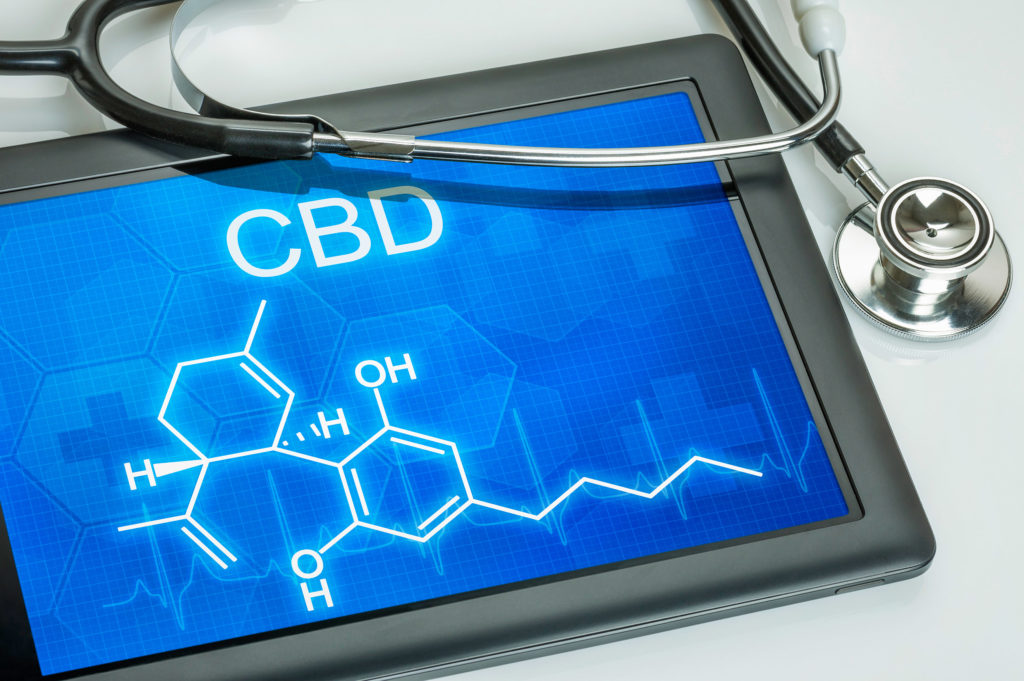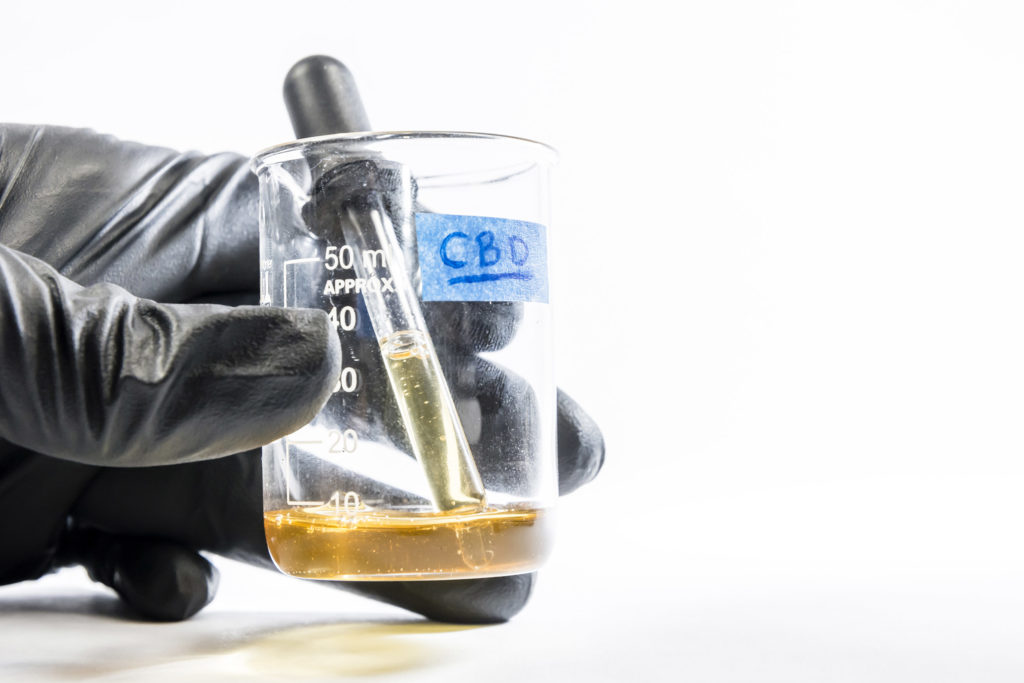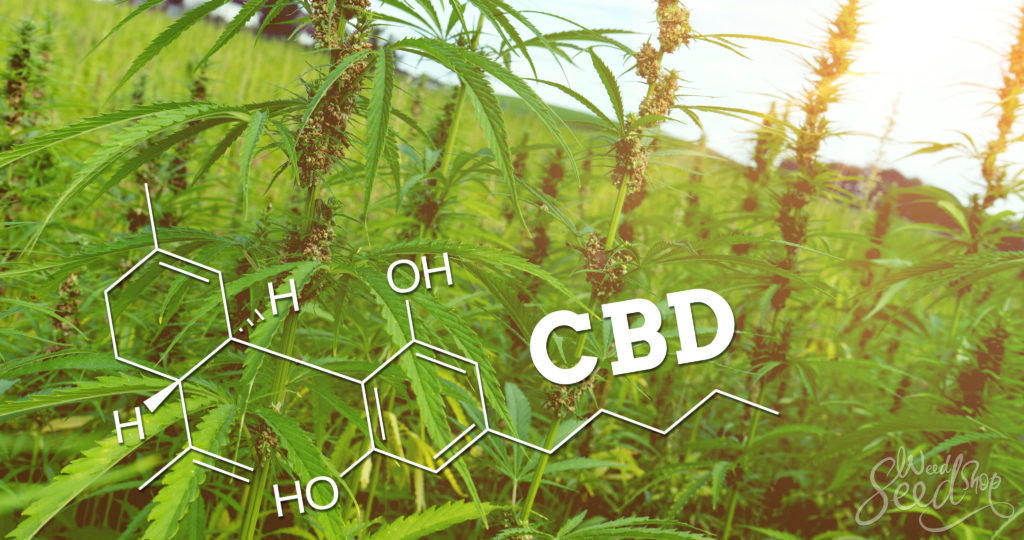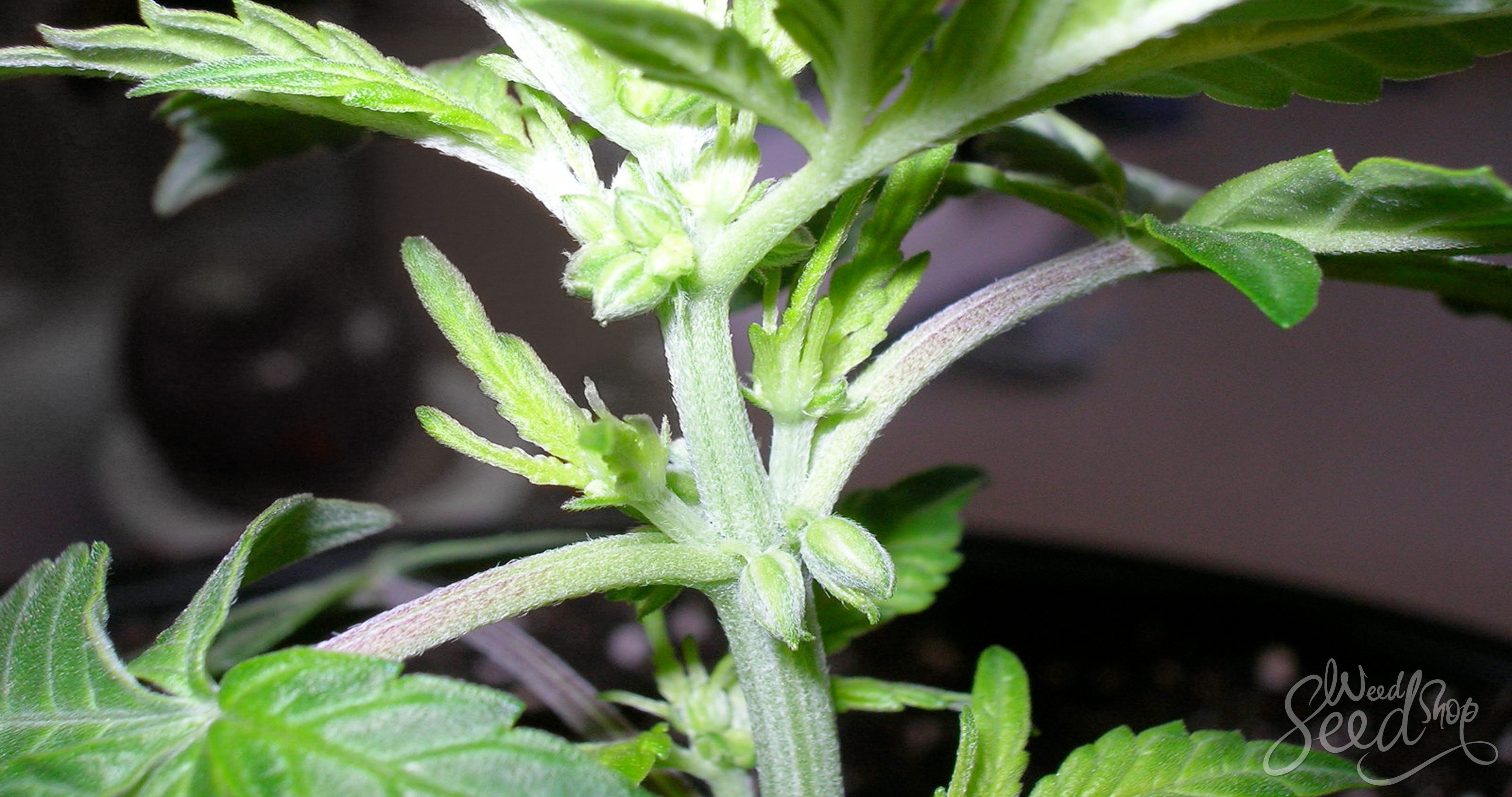In the world of marijuana we have discovered many key constituents, one of which is CBD. This cannabinoid has offered the medical marijuana world all of the medical benefits without any of the apparent problematic side effects presented by THC. To learn all that you need to know about CBD, keep reading this article.
Things are changing in the cannabis world, and what we all used to know simply as weed has become a convoluted system of terms and symbols. The discoveries we are making about the cannabis plant and its different components is giving us an understanding of how this magical plant works in our bodies.
The awareness of CBD (Cannabidiol) in the medical world has arguably changed the face of cannabis entirely. Although we have known about this cannabinoid for some time, information about it has been largely suppressed until now.
Isolating the different constituents of cannabis finally gave us an insight into the synergistic effect taking place after cannabis use, and enlightening us on how this plant uses its magical healing powers.

How was CBD discovered?
Many of us are more familiar with THC than with CBD, and for that reason we think that it came first. The truth is that we have been isolating some of the different compounds in cannabis since the 1800s, and we isolated CBD before we had done so with THC.
CBD was isolated and named in 1939 by Roger Adams, who had an affinity for organic chemistry and worked at the University of Illinois. This discovery wasn’t nearly as insightful as that made by Raphael Mechoulam and Y Shyo in 1963, whereby the chemical structure of CBD was finally revealed. Through this knowledge, the following year Mechoulam along with Yechiel Gaoni discovered and isolated the most famous part of cannabis we know, THC.
During the prohibition of canabis, it became more common to produce marijuana for its psychoactive effects. This effectively caused CBD levels to drop in recreational marijuana, and at some places virtually disappear from marijuana. It is found in higher contents in the hemp plant than recreational ganja, although it can be found in even higher levels in newer, CBD specific strains.
For the most part, CBD basically disappeared off the public radar. However, by the 2000’s, the British company GW Pharmaceuticals focused on creating CBD rich strains. This basically marks the beginning of the modern plight to bring CBD back into the medical limelight.
The properties of CBD
Isolating CBD has allowed us to see which effects are produced by this particular cannabinoid, but we should also recognize that CBD works the best when it is acting synergistically with cannabis.
In fact, information has been published on the medical properties of CBD since the 1800s by American pharmacologists, who already knew it was an anti-convulsant and analgesic medicine. The point is that all this information is actually quite old, but cannabis propaganda meant that a lot of it has been suppressed for a very long time.
The most praised characteristic of CBD is that it is non-psychoactive. It’s possible that this fact alone determined the strength with which CBD would stand in face of modern medicine.
This is what makes CBD fundamentally different from THC in terms of the way it is experienced by the user. CBD is still able to perform many of its healing abilities when in CBD specific products, and this is why it has been considered good medicine for many different kinds of people, like children, seniors, and everyone in between not looking to get high.
It is also considered that CBD actually has a countereffect to some of the negative effects of THC. For example, the psychoactive factor of THC can contribute to an anxious or paranoid feeling, for which CBD has a remedy. CBD has relaxing properties and has a countereffect to this restlessness.
The medical properties of CBD include:
- Anti-inflammatory
- Antipsychotic
- Antiemetic (meaning it combats the feeling of nausea)
- Anticonvulsant
- Antidepressant
- Antitumor (it fights to decrease the size of cancers and tumors)
- Antioxidant (meaning it can help to fight neurodegenerative disorders)
CBD is a medicine for many illnesses

CBD has gained some attention in the world of medical cannabis for its ability to play a healing role for many different kinds of people, suffering from many different kinds of ailments. In certain parts of the world, CBD is being prescribed to those with epilepsy, PTSD, cancer, Parkinson’s Disease and even depression.
It is not surprising when we look at the list of relieving properties CBD can offer. Depression, nausea and pain are the kinds of symptoms that present themselves over the course of many different kinds of illnesses. CBD’s ability to relieve these symptoms is what makes it an effective medicine for lots of people.
Medical cannabis is usually prescribed as a complement to other, more conventional forms of treatment, probably because it does not interfere heavily and does not come with many negative side effects (if any). Although we haven’t been using it for long, CBD is showing a lot of potential patients who are suffering without any relief from conventional medicine.
A little about the entourage effect
A lot of what we know about how CBD works with the endogenous cannabinoid system is linked with THC. This means that actually, CBD works the best when it is paired with its partner in crime. The entourage effect is the name given to the alchemical reaction that takes place when these two compounds work together. Although we are able to isolate different compounds from cannabis, all of the information we have essentially comes as a package.
The entourage effect is a delicate dance that takes place between the constituents of cannabis (such as cannabinoids, terpenes and sugars), which results in the unique effects of all the different strains.
It is complex, and our current knowledge about it is limited and somewhat naïve in the face of its sophistication. It is important to keep in mind that in the way of cannabinoids, one is not better than the other. Although they all have different purposes, they work together to give the individual effects that make cannabis so powerfully healing.
The growing popularity of CBD products
Since the most recent (re)discovery of CBD, and its introduction into the world of medical cannabis, it has been a long and political fight over CBD products. Geneticists have been able to breed strains of cannabis for the purpose of containing high CBD content.
These strains are either sold to medical cannabis patients or are used to produce other CBD products. CBD oil has recently made its way to the market as a medicinal cannabis product that can be administered without the psychoactive effects of THC. It has become a popular treatment for children, especially those who are suffering from epilepsy.
Hemp products also contain CBD. A single hemp plant contains less CBD than a single high CBD cannabis strain, but it’s still perfectly suitable for the production of CBD oil. You just need more hemp, which isn’t a problem: Industrial hemp is grown for lots of other purposes, and CBD oil is just a byproduct.
There is still some confusion in the world (and it varies from country to country) about the legality of CBD products. The confusing argument between medicine and politics is that this product is made out of either the hemp or the cannabis plant, but in any case lacks the component of cannabis we consider “illegal” (THC).
Governments are afraid of the word “cannabis”, which leads to a huge confusion about legalizing these types of products. However, as the perspective on cannabis around the world takes shape, opinions are changing.







